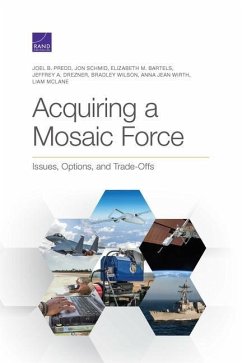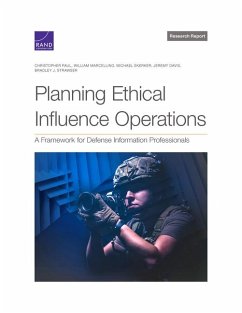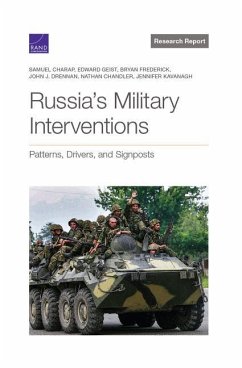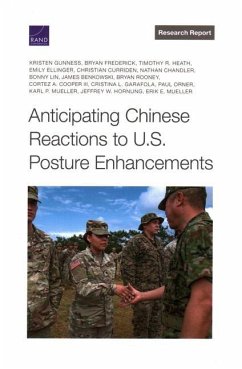
How to Effectively Assess the Impact of Non-Lethal Weapons as Intermediate Force Capabilities
Versandkostenfrei!
Versandfertig in über 4 Wochen
30,99 €
inkl. MwSt.

PAYBACK Punkte
15 °P sammeln!
This report describes how to evaluate the tactical, operational, and strategic impact of non-lethal weapons (NLWs), a subset of intermediate force capabilities (IFCs). It delineates the direct outputs and higher-level outcomes of NLW usage, how to measure their impact, and how they link to the strategic goals of the U.S. Department of Defense (DoD). This characterization provides insights into how to better integrate NLWs throughout DoD.












